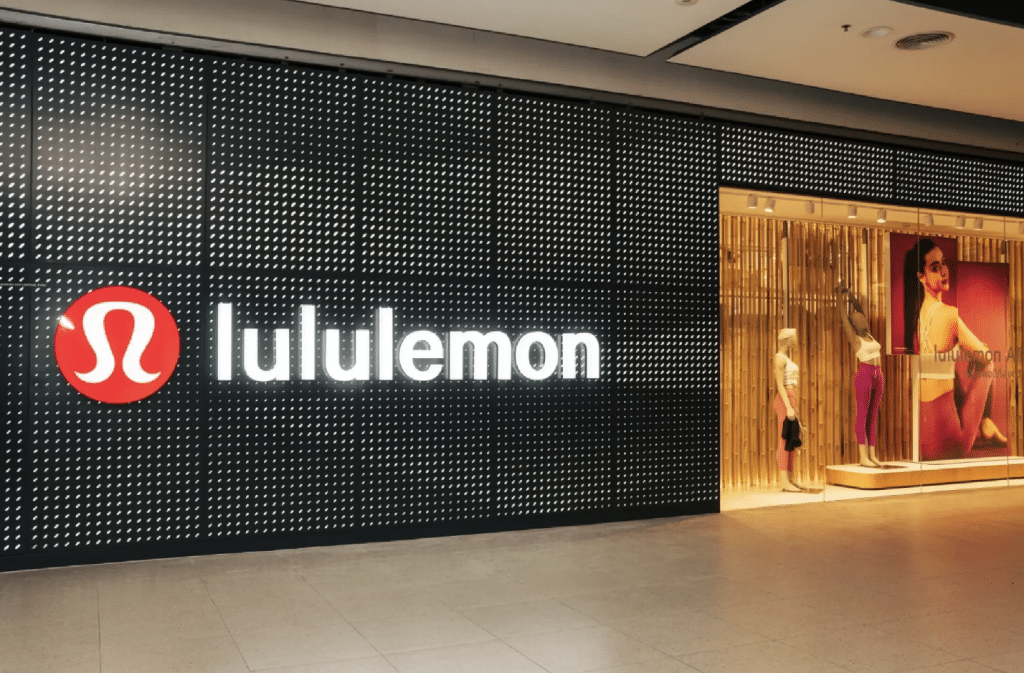Foodie’s Bucket List: 24 Iconic Foods to Try Before You Die
Wandering around the globe, try out the signature tastes of cultures across ...


In 1998, when Chip Wilson opened the first Lululemon store in Vancouver’s rain-soaked streets, he was planting the seeds of both a wellness revolution and a controversy that would shadow this athletic wear brand for decades. The brand’s origin story, often sanitised in corporate narratives, contains a troubling truth that becomes particularly uncomfortable as Lululemon expands across Asia.

Wilson openly admitted in 2004 that he chose the name Lululemon with three Ls specifically because Japanese people couldn’t pronounce the letter ‘L’ – “It’s funny to watch them try and say it.” This wasn’t an accidental cultural insensitivity, it was deliberate mockery built into the very foundation of a brand that would later preach inclusivity and mindfulness.
The irony runs deeper when you consider that Lululemon built its philosophy around Eastern practices like yoga and meditation, yet its past comments about Asian culture were anything but zen. Fast forward to now: the functionality and quality make us conveniently close one eye to these origins when we step into their stores. The global Lulu cult has landed in Thailand just as wellness culture reaches fever pitch worldwide. Outdoor vibes, elevated activewear, hydration flasks and oat milk matcha lattes. It all signifies one’s status as put-together, and the obsession grows daily. Everything is converging into this curated wellness aesthetic. Now, let’s get into the thick of it.

When Lululemon crossed into the United States, it brought both its transformative wellness philosophy and its exclusionary undertones. The brand didn’t just introduce Americans to athleisure – it created a new form of social stratification where $100+ leggings became markers of economic privilege and cultural sophistication.
The genius and the problem were identical: Lululemon positioned itself not as sportswear for everyone, but as lifestyle armour for the aspirational professional class. In cities like New York and Los Angeles, wearing Lululemon became shorthand for “I can afford to prioritise wellness”, creating an aspirational but inherently exclusive community.
The community-building strategy – free yoga classes, ambassador programmes, wellness workshops – while genuinely valuable, also functioned as gatekeeping mechanisms, creating spaces where only certain types of bodies and socioeconomic backgrounds felt welcome.
The most fascinating and troubling aspect of Lululemon’s story is its remarkable success in the very markets its founder once mocked as mentioned earlier. The brand’s Asian expansion represents both triumph and cognitive dissonance, thriving in regions despite the founder’s original prejudices.
Sales surged year over year as the brand found fertile ground among a growing middle class hungry for premium Western lifestyle brands. But this success comes with complicated undercurrents. We cannot help but wonder if the reason the customers embraced Lululemon is partly because it did represent Western luxury and lifestyle aspiration.

Lululemon dropped into Bangkok in July 2023 with its first store at CentralWorld, marking store No.100 in the Asia Pacific region. Thailand’s long-standing wellness culture naturally aligns with the brand’s pitch, but founder Chip Wilson’s infamous naming tactic still trips people up. The Ls in Lululemon? Designed to be tough for non-native speakers – Thai tongues included.
However Bangkok’s exploding fitness scene, driven by both locals and expats has embraced the brand. The second location at ICONSIAM in May 2024 suggests strong reception.
Modern Lululemon operates as a dramatically different company from Wilson’s original vision and that’s mostly a win — but it cannot fully escape its origins. The brand has made genuine efforts toward inclusivity, expanding size ranges, diversifying marketing imagery and supporting community wellness programmes. Yet questions remain about whether these changes represent authentic transformation or calculated market expansion. Still, we’re optimistic, not bitter, ready to learn from any good strategies and ideas. The brand really does serve a genuine need for community and mindful movement. But this positive impact will have to forever coexist with the uncomfortable reality of its exclusionary origins. The company’s success in markets suggests that consumers can separate current brand values from founder prejudices. But the name Lululemon itself remains a daily reminder of Wilson’s original mockery every time it’s pronounced in Asia. The quest for wellbeing remains beautifully, universally human.
Wandering around the globe, try out the signature tastes of cultures across ...
These top 5 barber shops in Bangkok are where gentlemen can elevate ...
Sailorr and Molly Santana’s black grills fuse hip-hop swagger with homage to ...
The Koktail Thailand Charity Dinner at Gaysorn Urban Resort marked an unforgettable ...
The Koktail Thailand Restaurant Guide Awards 2026 took place on 12 November ...
Let’s explore why Fuggler stands at the centre of the surprising ugly aesthetic cultural ...
Wee use cookies to deliver your best experience on our website. By using our website, you consent to our cookies in accordance with our cookies policy and privacy policy